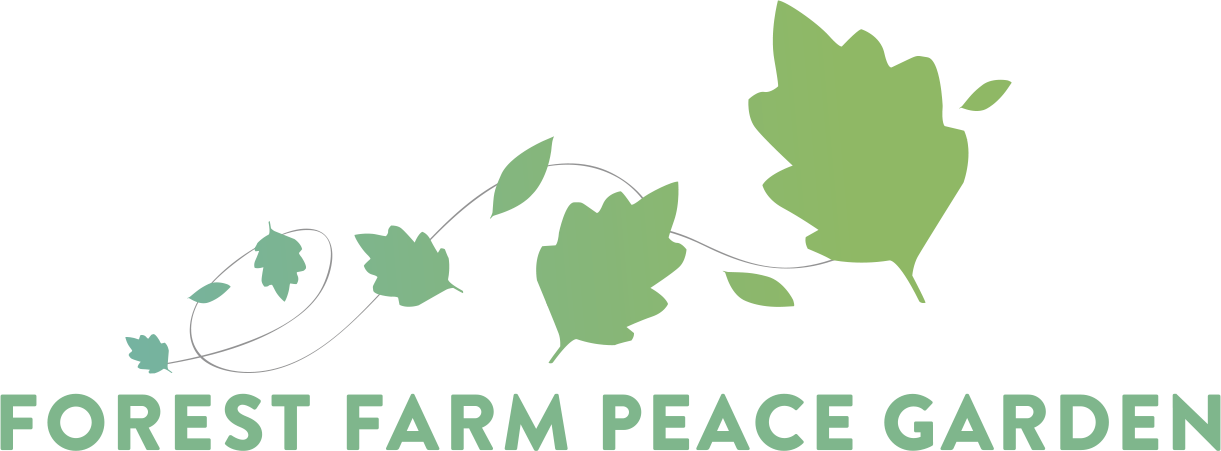Tulip species tend to favour open habitats such as steppe and mountain pasture and are native from the Balkans and Greece eastwards across the Levant and Sinai Peninsula, Turkey, Mesopotamia, Persia and to the Tien Shan mountains of western China, which forms the centre of their diversity and probably represents the region where the genus first evolved. One species also appears to be native to northern Africa. They are commonly naturalised in orchards and open woodland across their range.
Violet
The young leaves and flower buds can be eaten raw or cooked and are usually available all through the winter. The leaves have a very mild flavour, though they soon become quite tough as they grow older. They make a very good salad, their mild flavour enabling them to be used as a base to support other stronger flavours. They can be used as a thickener when added to soups or similar. Flowers are also eaten raw, being commonly used to decorate salads and desserts and possess a sweet mild flavour with a delicate perfume. The flowers are also used fresh to flavour and colour confectionery. A soothing tea can be made from the leaves and flowers. Sweet Violet adds inimitable sweetness to desserts, fruit salads, and teas while the mild pea flavour of Heartsease combines equally well with sweet or savoury foods.
Hazel
Hazel has a reputation as a magical tree. A hazel rod is supposed to protect against evil spirits, as well as being a traditional material for the creation of wands for witches. The twigs are used as dowsing rods by water diviners. In some parts of England, hazelnuts were carried as charms and/or held to ward off rheumatism. In Ireland, hazel was known as the 'Tree of Knowledge’ said to grow around the well of inspiration, and in medieval times it was a symbol of fertility.
Reedmace
Many parts of the plant are edible. Before the plant flowers, the tender inside of the shoots can be squeezed out and eaten raw or cooked. The starchy rhizomes are nutritious with a protein content comparable to that of maize or rice. Evidence of preserved starch grains on grinding stones suggests they were already eaten in Europe 30,000 years ago. They can be processed into a flour with 266 kcal per 100 grams, and are most often harvested from late autumn to early spring.
Holly
Holly provides dense cover and good nesting opportunities for birds, while its deep, dry leaf litter may be used by hedgehogs (Erinaceus europaeus) and small mammals for hibernation.
The flowers provide nectar and pollen for bees and other pollinating insects. The leaves are eaten by caterpillars of the holly blue butterfly (Celastrina argiolus), along with those of various moths, including the yellow-barred brindle (Acasis viretata), double-striped pug (Gymnoscelis rufifasciata) and the holly tortrix (Rhopobota naevana). The smooth leaves found at the tops of holly trees are a winter source of food for deer.






